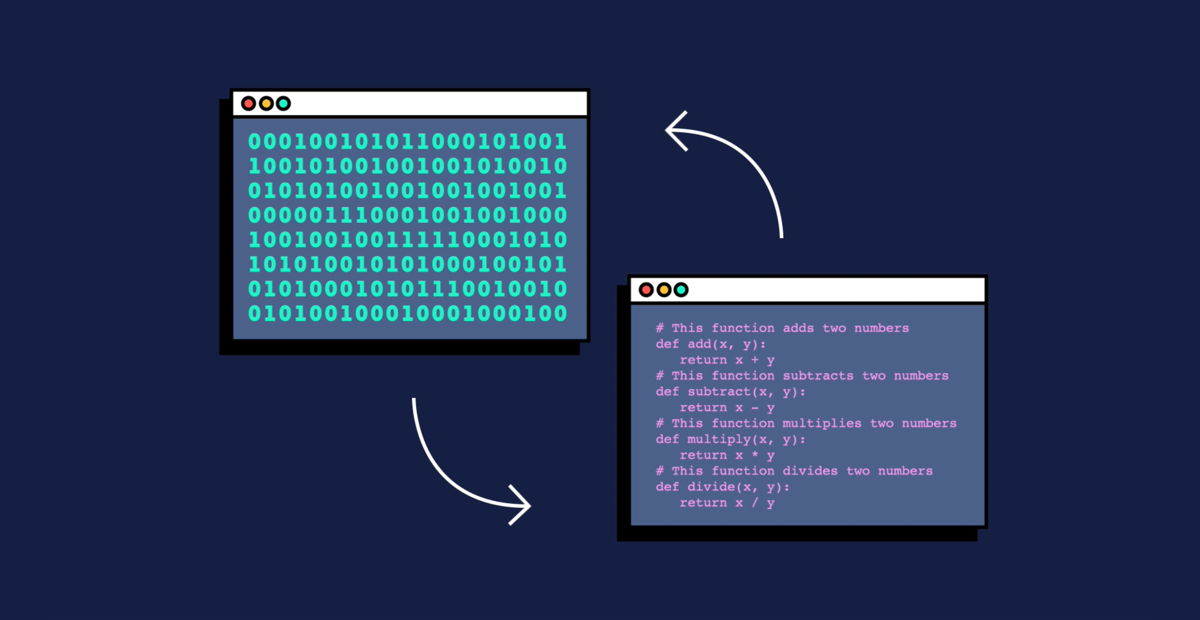Numerical computing plays a crucial role in various fields, from scientific research to engineering and data analysis. As technology advances, the demand for efficient and accurate numerical algorithms grows. The Numerical Recipes series has been at the forefront of providing such algorithms for decades. This article explores the significance of contributing to Numerical Recipes and how one can join the numerical computing community.
Understanding the Significance of Numerical Recipes
A Brief History
Numerical Recipes was first published in 1986, written by William H. Press, Saul A. Teukolsky, William T. Vetterling, and Brian P. Flannery. Since then, it has become a cornerstone resource for scientists and engineers worldwide. The book’s emphasis on practicality, clear explanations, and reliable algorithms has made it an invaluable tool for various computational tasks.
The Impact of Numerical Recipes
Numerical Recipes’ impact goes beyond its printed pages. Its algorithms have been implemented in numerous software packages and programming languages. These implementations have empowered researchers and practitioners across diverse domains, from physics and astronomy to finance and machine learning.
The Growing Need for Numerical Computing
In the digital age, data is abundant, and complex problems require advanced numerical techniques for efficient solutions. Numerical computing is not limited to academia; it has widespread applications in industry and everyday life. As technology progresses, the demand for optimized numerical algorithms continues to rise.
Becoming a Part of the Numerical Computing Community
Embrace Open-Source Culture
Numerical Recipes operates under an open-source philosophy, which fosters collaboration and sharing of knowledge. Embracing this culture allows aspiring contributors to learn from experienced developers, understand real-world challenges, and contribute to a collective effort that benefits the entire community.
Collaborate with Experts
Joining the numerical computing community provides an opportunity to collaborate with experts in the field. Interacting with seasoned researchers and developers can lead to valuable insights, mentorship, and growth as a numerical algorithm designer.
Active Participation in Forums and Conferences
Actively participating in online forums and attending conferences related to numerical computing can expand one’s knowledge and network. Engaging in discussions, presenting ideas, and seeking feedback can pave the way for fruitful collaborations and potential contributions to Numerical Recipes.
The Process of Contributing to Numerical Recipes

Identifying Areas of Contribution
Before diving into the contribution process, it is essential to identify areas where one can add value. This may involve improving existing algorithms, introducing novel methods, or addressing specific needs within the numerical computing community.
Coding Standards and Documentation
Maintaining coding standards and providing comprehensive documentation is crucial for the long-term success of contributed algorithms. Clean and well-documented code ensures that others can easily understand, use, and build upon the implemented algorithms.
Submitting Patches and Updates
Once a contribution is ready, it can be submitted as a patch or pull request to the Numerical Recipes repository. This step involves adhering to the project’s guidelines for contributions and actively engaging in feedback discussions with maintainers.
Overcoming Challenges in Numerical Algorithm Development
Dealing with Numerical Instabilities
Numerical algorithms may face challenges related to numerical instabilities, such as round-off errors and ill-conditioned problems. Implementing robust algorithms that handle such instabilities is essential to ensure accurate and reliable results.
Balancing Accuracy and Efficiency
Numerical computing often involves trade-offs between accuracy and efficiency. Striking the right balance is vital to produce algorithms that are both reliable and performant across various use cases.
Ensuring Compatibility Across Platforms
Contributors must consider the cross-platform compatibility of their algorithms. Numerical Recipes aims to serve a diverse community, and ensuring that contributed code works seamlessly on different systems is critical.
Best Practices in Numerical Algorithm Design
Modularity and Reusability
Encouraging modularity and reusability allows others to integrate contributed algorithms into their projects without unnecessary dependencies. This practice fosters the growth and adoption of numerical techniques.
Testing and Validation
Thoroughly testing contributed algorithms against various test cases and real-world data is essential to verify their correctness and reliability. Proper validation builds trust within the community and ensures high-quality contributions.
Performance Optimization Techniques
Optimizing algorithms for performance can significantly impact their usability. Considering the trade-offs between accuracy and speed, contributors can apply various optimization techniques to enhance their code.
The Rewards of Contributing to Numerical Recipes
Recognition and Prestige
Contributing to Numerical Recipes can bring recognition and prestige within the numerical computing community. Valuable contributions may lead to invitations for collaborations and speaking opportunities at conferences.
Advancing the Field of Numerical Computing
Each contribution to Numerical Recipes advances the state of numerical computing. By building upon existing knowledge and introducing novel approaches, contributors play a pivotal role in pushing the boundaries of the field.
Building a Strong Professional Network
Collaborating with experts and like-minded individuals fosters the development of a robust professional network. Such connections can lead to career opportunities and facilitate future research endeavors.




Leave a Reply